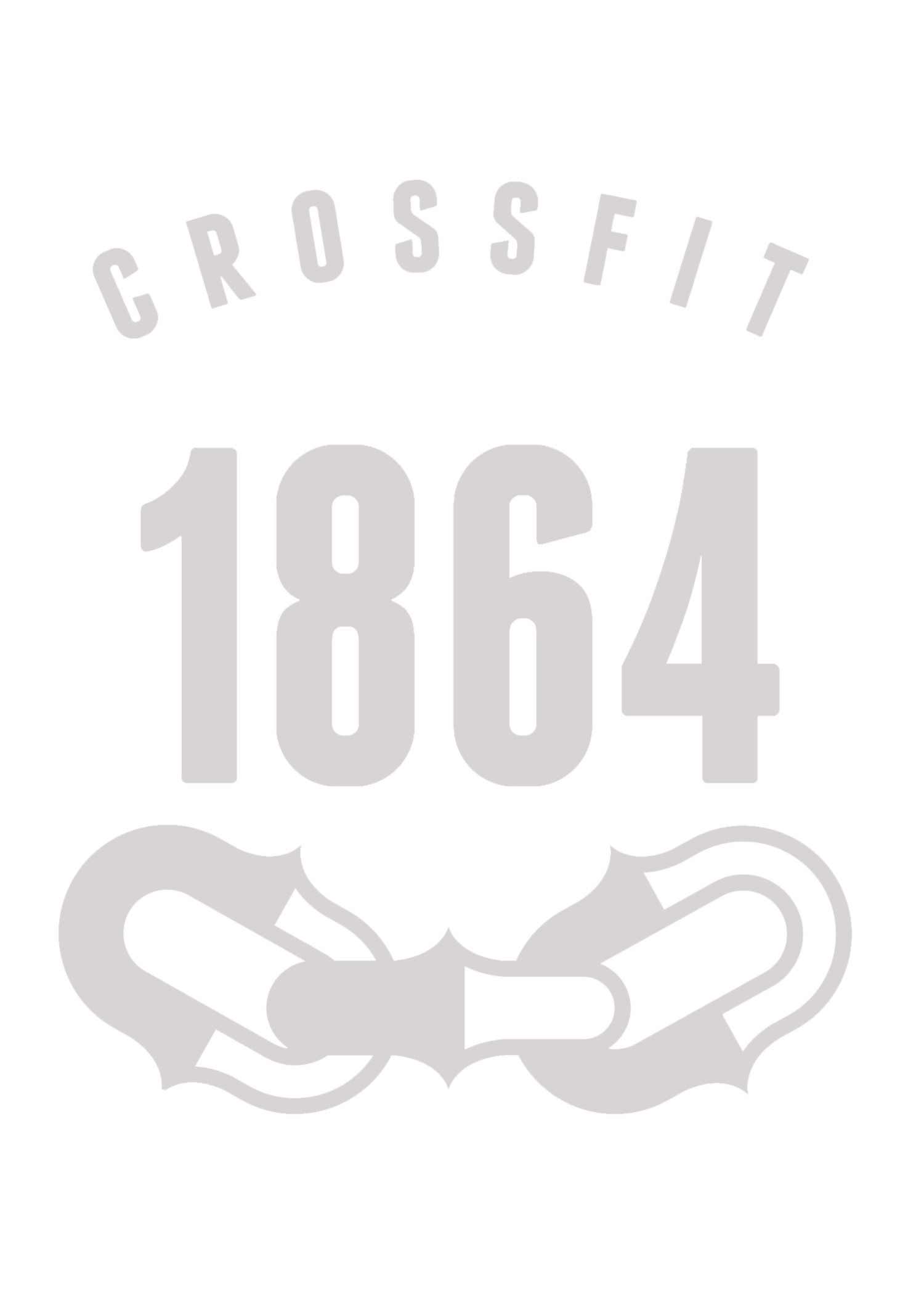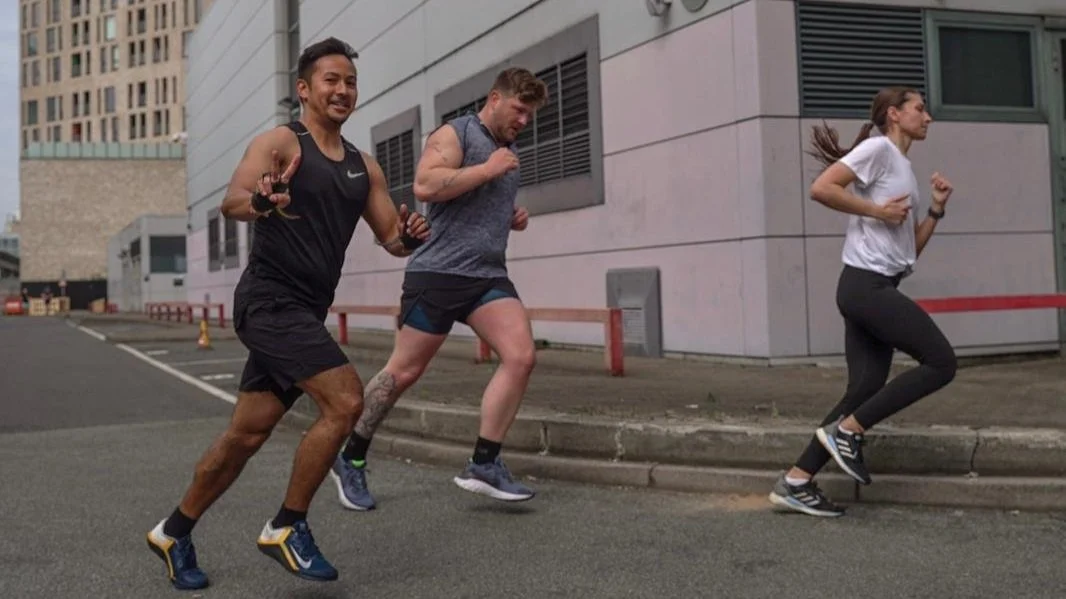What Is the Murph Workout and How Should You Modify It?
We’ve been doing Murph every year since CrossFit 1864 opened. It’s become part of the CrossFit 1864 tradition—a way our community comes together to honor, suffer, and grow stronger.
Although Murph is rooted in American Memorial Day, we continue the tradition here in London, as a mark of global respect for service and sacrifice. It’s a powerful way to connect with the broader CrossFit community and show support across borders.
Every Memorial Day, thousands of athletes across the world take on the Murph Challenge. It’s more than a workout—it’s a tribute to Navy Lieutenant Michael P. Murphy, a test of physical and mental grit, and a community tradition.
But with its grueling structure, not everyone is ready for the full version. That’s where smart scaling comes in.
In this post, we’ll explain what the Murph workout is, why it matters, and how you can choose a variation that meets your current fitness level without sacrificing intensity or purpose.
What Is the Murph Workout?
The Murph is a benchmark CrossFit workout that includes:
1 mile run
100 pull-ups
200 push-ups
300 air squats
1 mile run
Advanced athletes often wear a weighted vest (20 lb for men, 14 lb for women) to make it more challenging. The reps can be partitioned in any way (e.g., 20 rounds of 5 pull-ups, 10 push-ups, 15 air squats) or done unpartitioned for a tougher mental challenge.
This hero workout honors Lt. Murphy, who made the ultimate sacrifice in Afghanistan in 2005. The workout reflects his commitment, courage, and service. Completing any form of Murph is about more than fitness—it’s about respect.
Why Scaling Murph Is Smart
Not everyone is ready for the full Murph. And that’s okay. Scaling isn’t weakness—it’s strategy.
Many people attempt the unscaled Murph without preparation, only to risk injury or burnout. Scaling ensures you:
Get a safe, effective workout
Train with intent (not ego)
Can finish with purpose
The key is choosing the right version for where you are now. The decision tree shown in the flowchart helps make that easy.
Modified Murph Variations (And Who They’re For)
1. Full Murph, Unpartitioned, With Vest
Best for: Elite athletes who completed Murph in under 40:00 last year.
Notes: Brutal on the grip and lungs. Only attempt this if you’ve trained hard.
2. Full Murph, Partitioned, With Vest
Best for: Advanced athletes used to weighted movements.
Notes: You can break the reps up (e.g., 20 rounds of 5-10-15). Reduces burnout.
3. Full Murph, Unpartitioned, Without Vest
Best for: Intermediate athletes looking for a mental and physical challenge.
Notes: This is still very tough. Recovery may take days.
4. Full Murph, in Smart Sets
Best for: Intermediate athletes who can do 10 pull-ups and 10 push-ups unbroken.
Notes: Partition into sets like 10-10-15 or 5-10-15 to stay consistent.
5. Full Murph, in 20 Sets
Best for: Intermediate-to-beginner athletes.
Notes: Do 20 sets of 5 pull-ups, 10 push-ups, and 15 air squats. Great for pacing.
6. Half Murph
Best for: Athletes new to Murph but comfortable with basic bodyweight movements.
Structure: 0.5 mile run, 50 pull-ups, 100 push-ups, 150 squats, 0.5 mile run.
7. Scaled Murph
Best for: Beginners who can’t yet perform strict pull-ups.
Modifications: Substitute jumping pull-ups and/or incline push-ups.
8. Scaled Half Murph
Best for: Total beginners.
Structure: 0.5 mile run, 50 jumping pull-ups, 100 incline push-ups, 150 squats, 0.5 mile run.
Quick Tips for First-Timers
Test the movements ahead of time to see where your limits are.
Choose the version you can complete with good form, not just finish.
Hydrate and fuel before and after. This is a long workout.
Warm up and cool down to prevent injury.
Remember the purpose: This workout honors sacrifice. It’s not about your time.





